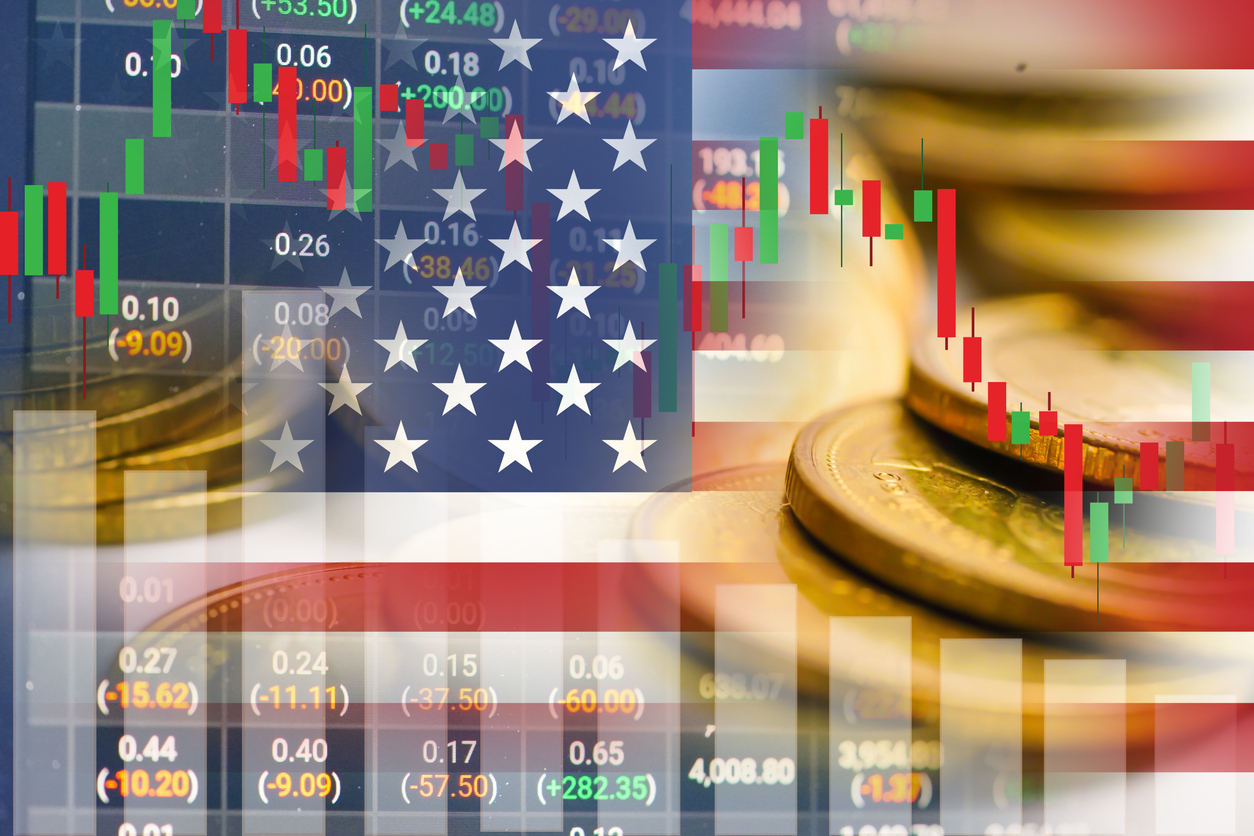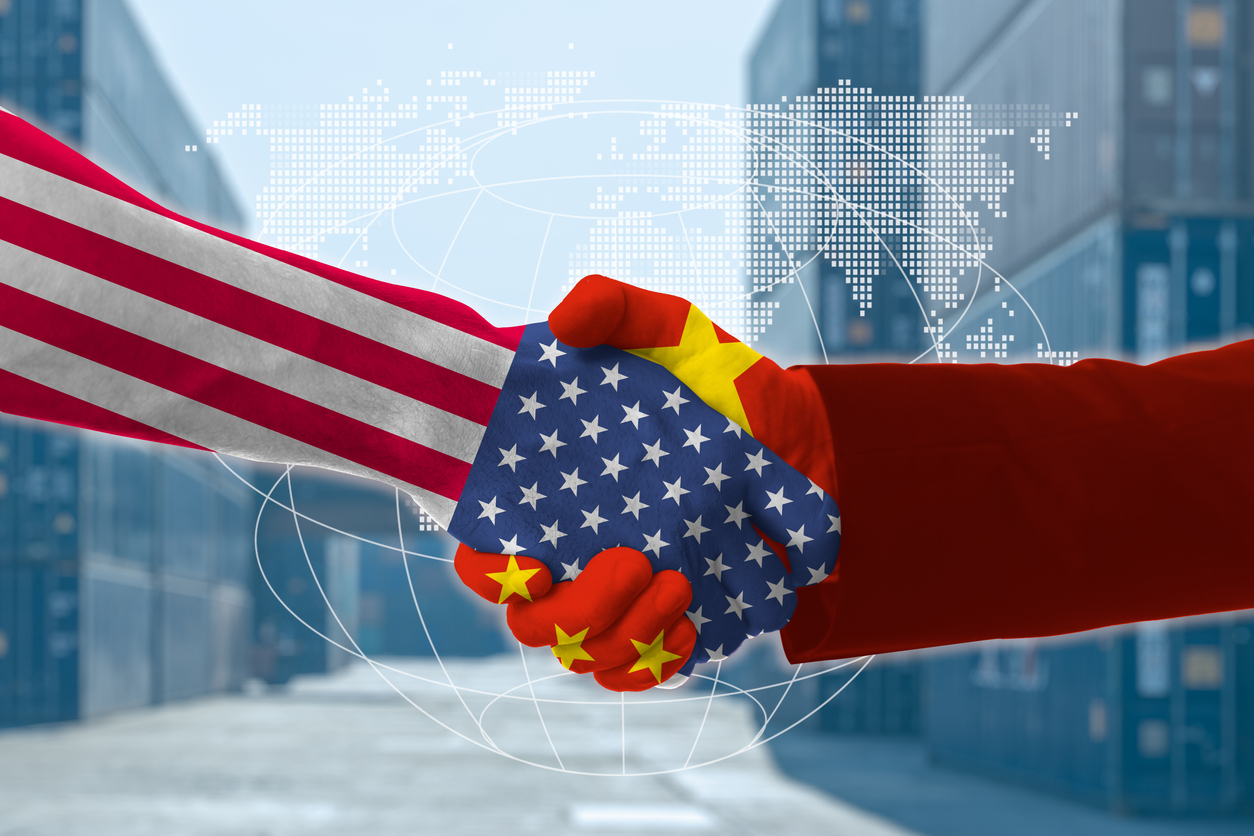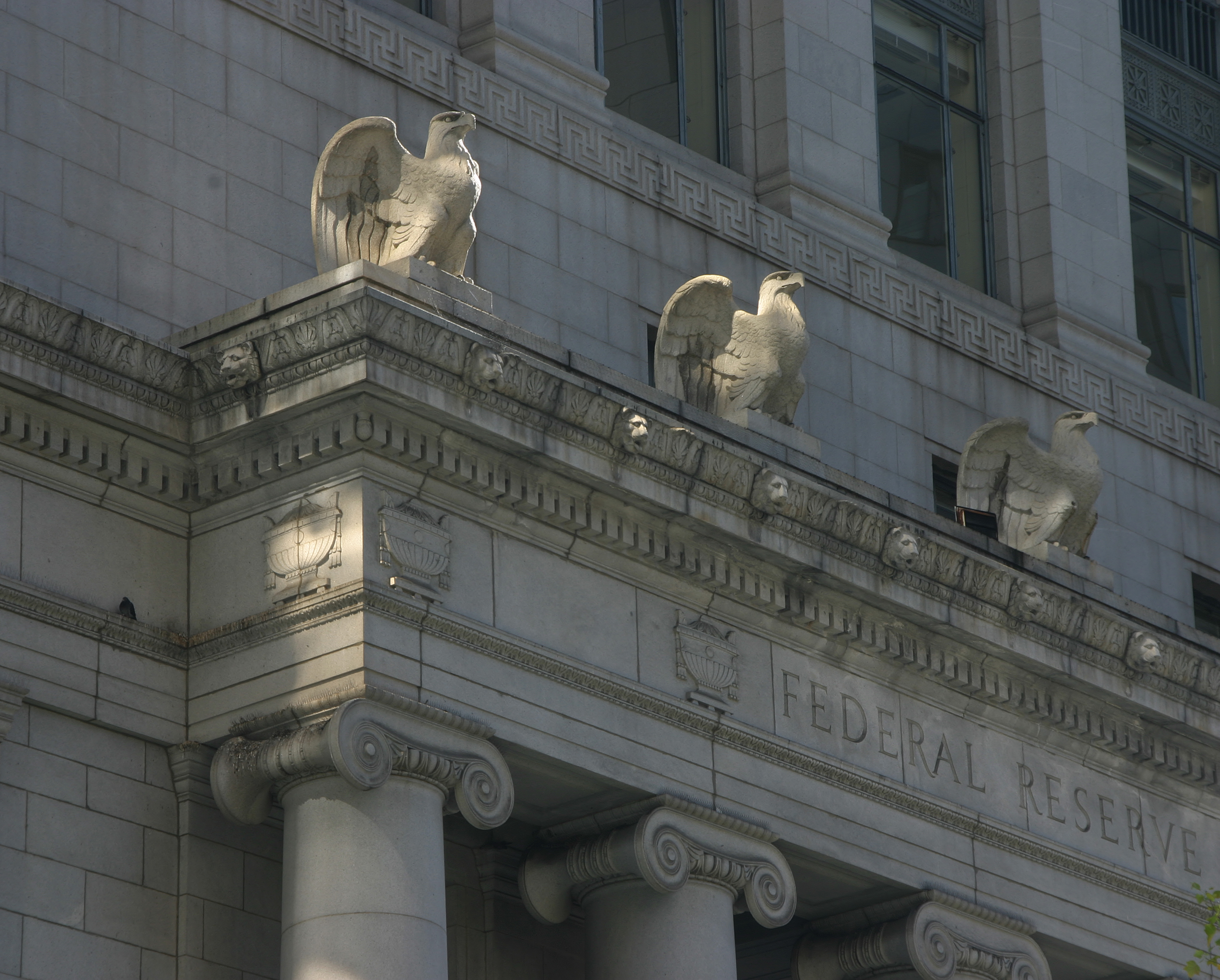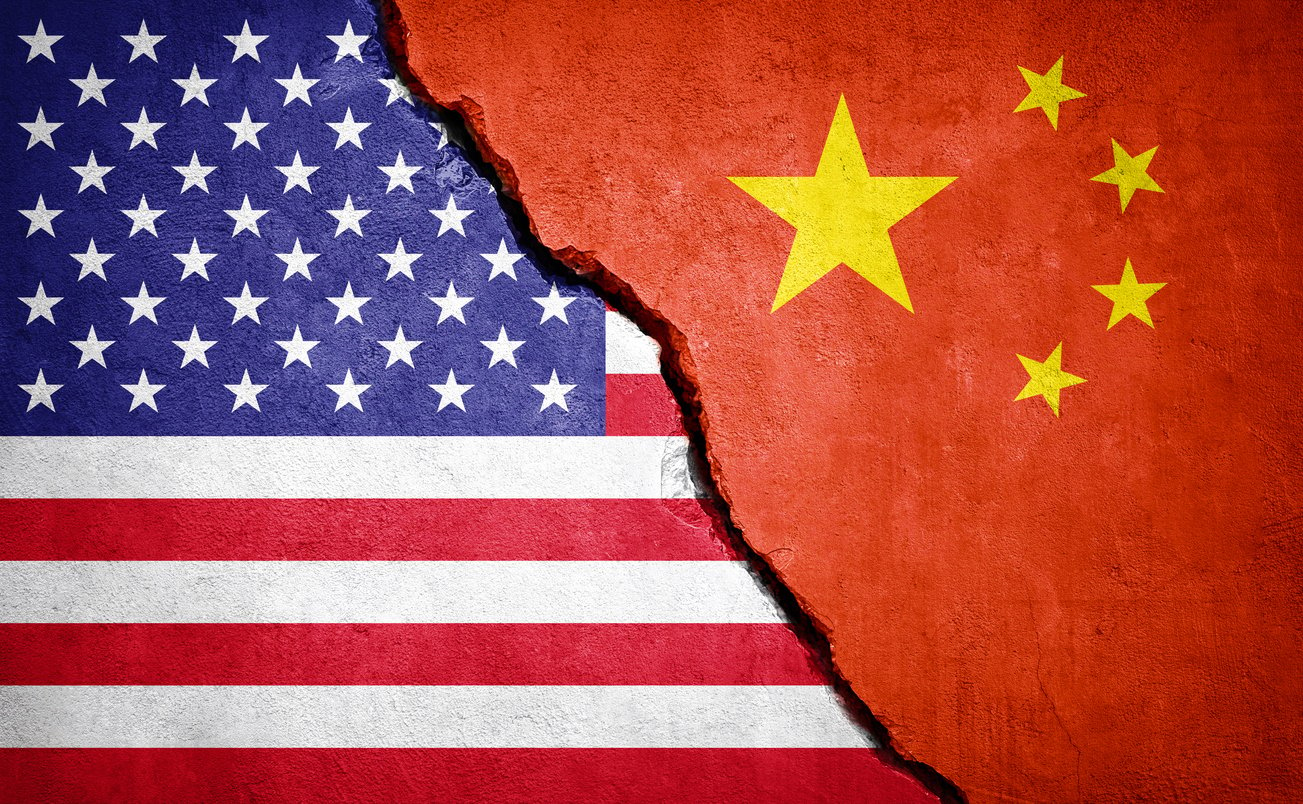The U.S.–China truce cools trade tensions and supports risk appetite, but it’s far from a turning point. Expect a cautious uptrend with pullbacks as markets weigh optimism against unresolved structural rivalry.
Trade Truce Signals Temporary Stability
The meeting between President Donald Trump and President Xi Jinping in Busan, South Korea, has temporarily eased one of the biggest sources of global market anxiety. Trump announced that tariffs on Chinese goods would be reduced from 57% to 47%. China agreed to resume large-scale U.S. soybean purchases and suspend rare-earth export curbs for one year. China will also open talks on semiconductor cooperation. Both leaders called the meeting a success, signaling an intention to stabilize relations after months of escalating trade friction.
Markets initially responded with optimism. U.S. equities and global indices rallied modestly as investors welcomed the reduction in tariff escalation risk and the restoration of trade flows in agriculture and manufacturing. The deal particularly benefits industrials, materials, semiconductors, and agribusiness, as it offers some visibility on supply chains and reduces near-term input cost uncertainty. For American farmers, the renewed Chinese demand provides relief after years of strained exports and price volatility.
Fragile Truce, Strategic Rivalry Intact
Still, this is not a full-scale trade peace. The truce remains tactical and fragile. The underlying strategic rivalry—over technology, advanced manufacturing, rare earths, and geopolitical influence—remains unresolved. Tariffs, though lower, are still roughly double their pre-trade-war levels, continuing to weigh on import costs and corporate margins. China's pause on rare-earth restrictions is temporary, and both sides retain the ability to weaponize trade leverage againif political or economic pressure builds.
In Washington, Trump faces pushback from several Republican senators. They warn that the current tariff levels still raise costs for U.S. consumers and manufacturers. In Beijing, Xi’s commitment to re-engage with the U.S. is driven partly by the need to stabilize China’s slowing economy and ease export pressures. Both sides have tactical reasons to claim victory. However, neither has made structural concessions that would permanently change the trajectory of U.S.–China competition.
Market View: Short-Term Relief, Measured Upside
From a market perspective, this agreement is expected to reduce short-term volatility and support risk appetite; however, it is unlikely to drive a sustained bull run. Corporate confidence may improve as the risk of tariff escalation recedes, yet global manufacturing data remain soft, and margins remain under strain. The S&P 500 could consolidate at current levels or drift modestly higher if earnings guidance stabilizes and inflation pressures remain contained. In the longer term, investors will watch to see whether the temporary truce on rare earths and soybean commitments evolves into a broader trade framework or fades into another cycle of disputes.
Quantel Asset Management’s outlook remains cautiously constructive. We view the truce as a catalyst for relief rather than a turning point. Near-term gains are possible—particularly in trade-sensitive sectors, global industrials, and select technology firms—but sustained upside will depend on follow-through from both governments and broader macro stability. The U.S. equity market is likely to trade in a moderate uptrend with periodic pullbacks, as investors balance renewed optimism against the reality of a still-fragile global trade order.
EXPLORE MORE POSTS
Why Oracle’s Pullback Doesn’t Signal the End of the AI Trade
Oracle’s sharp post-earnings selloff triggered a broad AI market pullback, but...
Read Moreby Jerry Yuan
Investment Risk Profile: Factors Affecting It and Tax Strategy
Every investor has a unique investment risk profile, which determines how much...
Read Moreby Irman Singh
BOJ Tightening: How Japan’s Rate Hike Could Impact U.S. Equities
Japan’s shift toward tightening has added volatility to global markets, but...
Read Moreby Jerry Yuan
Stop Overpaying: What Every Entrepreneur Should Know About Tax Strategy
High-Net-Worth entrepreneurs manage complex financial lives—multiple ventures,...
Read Moreby Irman Singh
Top 5 Tax-Efficient Strategies for Corporate Leaders in the U.S.
Corporate leaders in today’s environment face increasingly complex tax...
Read Moreby Irman Singh
Markets Under Pressure: Valuation Strains, Credit Stress, and Mixed Macro Signals Drive Volatility
Markets are showing strain across AI stocks, private credit, crypto, and global...
Read Moreby Yuanhao Feng
Top 5 Overlooked Tax Strategies Every U.S. Lawyer Should Use in 2025
For many lawyers in the U.S., taxes quietly erode more wealth than any market...
Read Moreby Irman Singh
Markets Reprice: Fed Confusion Meets Overheated Tech
U.S. equities saw a sharp reset on Thursday, with the S&P 500 dropping 1.7%,...
Read Moreby Jerry Yuan
Navigating the New Macro Regime: Quantel’s October 2025 Results
Quantel's Premium Portfolios delivered another strong month in October 2025,...
Read Moreby Shyam Sreenivasan
Top 10 Tax Planning Strategies for Hni Commercial Brokers
High-net-worth commercial brokers stand at the intersection of deal-making and...
Read Moreby Irman Singh
Triple Shock Hits Wall Street: Liquidity, Shutdown, Sentiment
U.S. markets are falling due to liquidity stress, government shutdown...
Read Moreby Jerry Yuan
Keep More of What You Earn : Tax Strategies for Physicians
Physicians often find themselves in some of the highest effective tax brackets...
Read Moreby Irman Singh
Trump-Xi Truce in South Korea - A Fragile Pause for Markets
The U.S.–China truce cools trade tensions and supports risk appetite, but it’s...
Read Moreby Jerry Yuan
Intelligent Tax Planning for America’s Wealth Builders
by Irman Singh
Cooling Inflation Paves Way for Fed Cuts, Lifts Equity Sentiment
Cooling inflation data reinforced confidence in a soft-landing scenario,...
Read Moreby Jerry Yuan
Illiquidity: The Silent Constraint in HNwI's Portfolios
Why even substantial wealth can feel inaccessible — and how to design...
Read Moreby Irman Singh
Market Shaken by Renewed U.S. - China Tensions & Credit Fears
Renewed U.S.-China trade tensions and banking concerns triggered a sharp global...
Read More




















